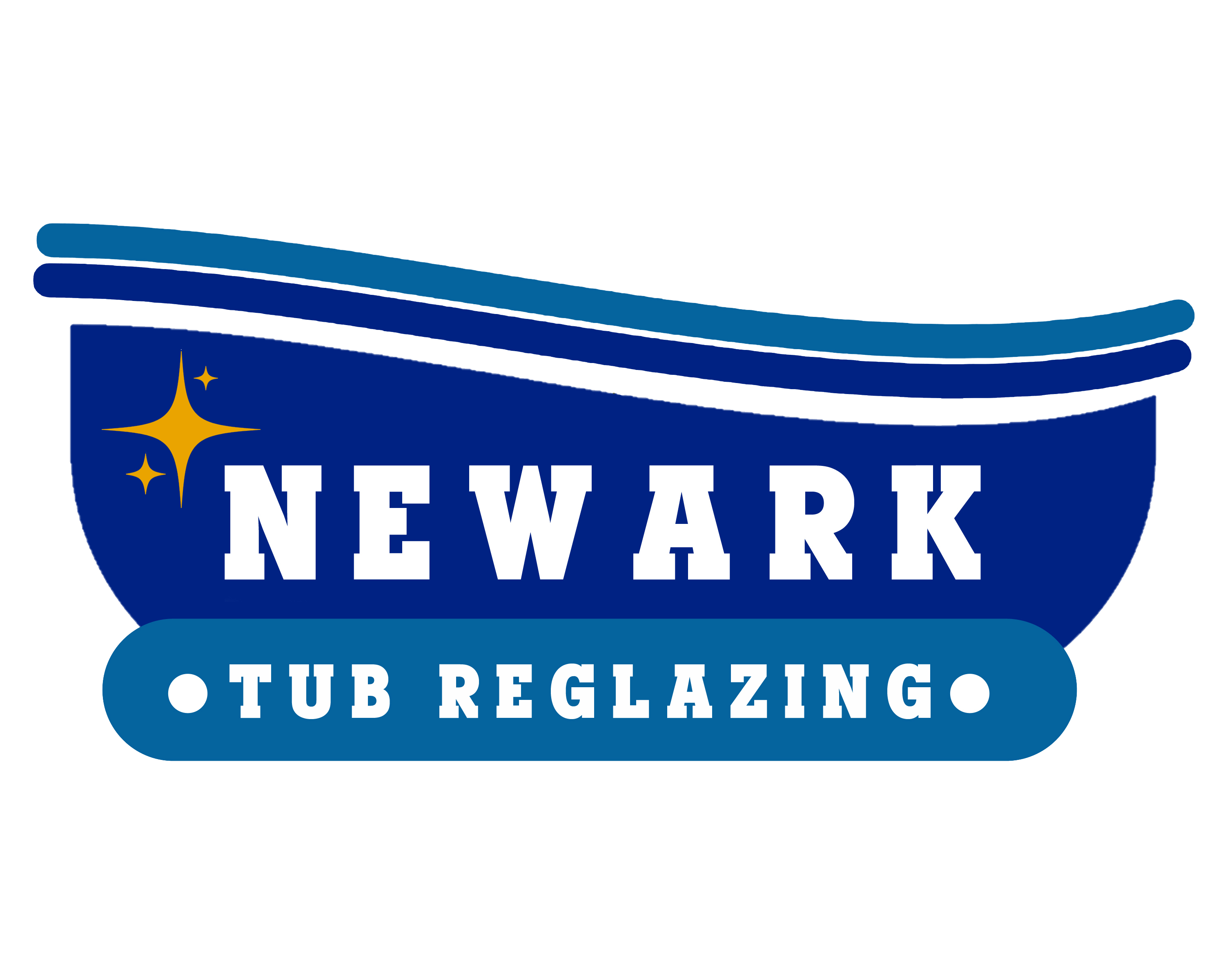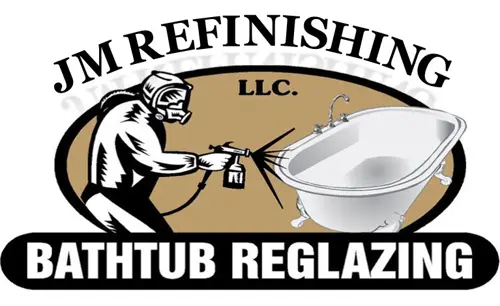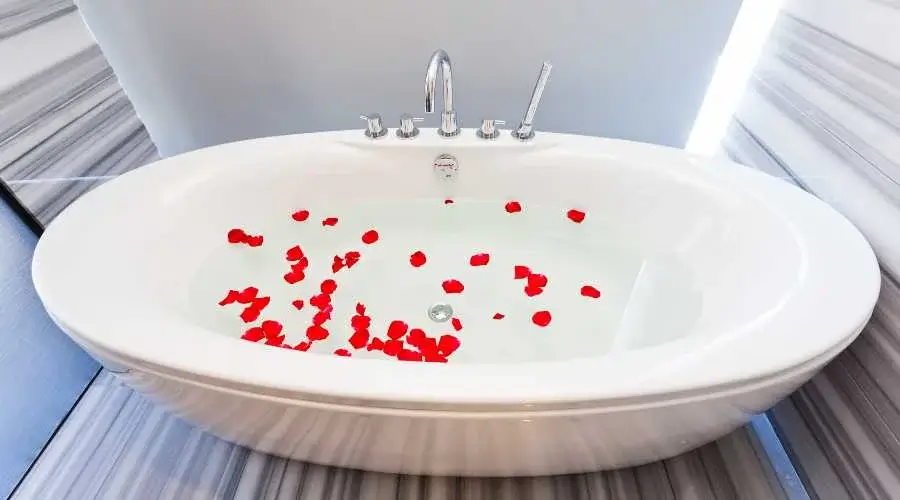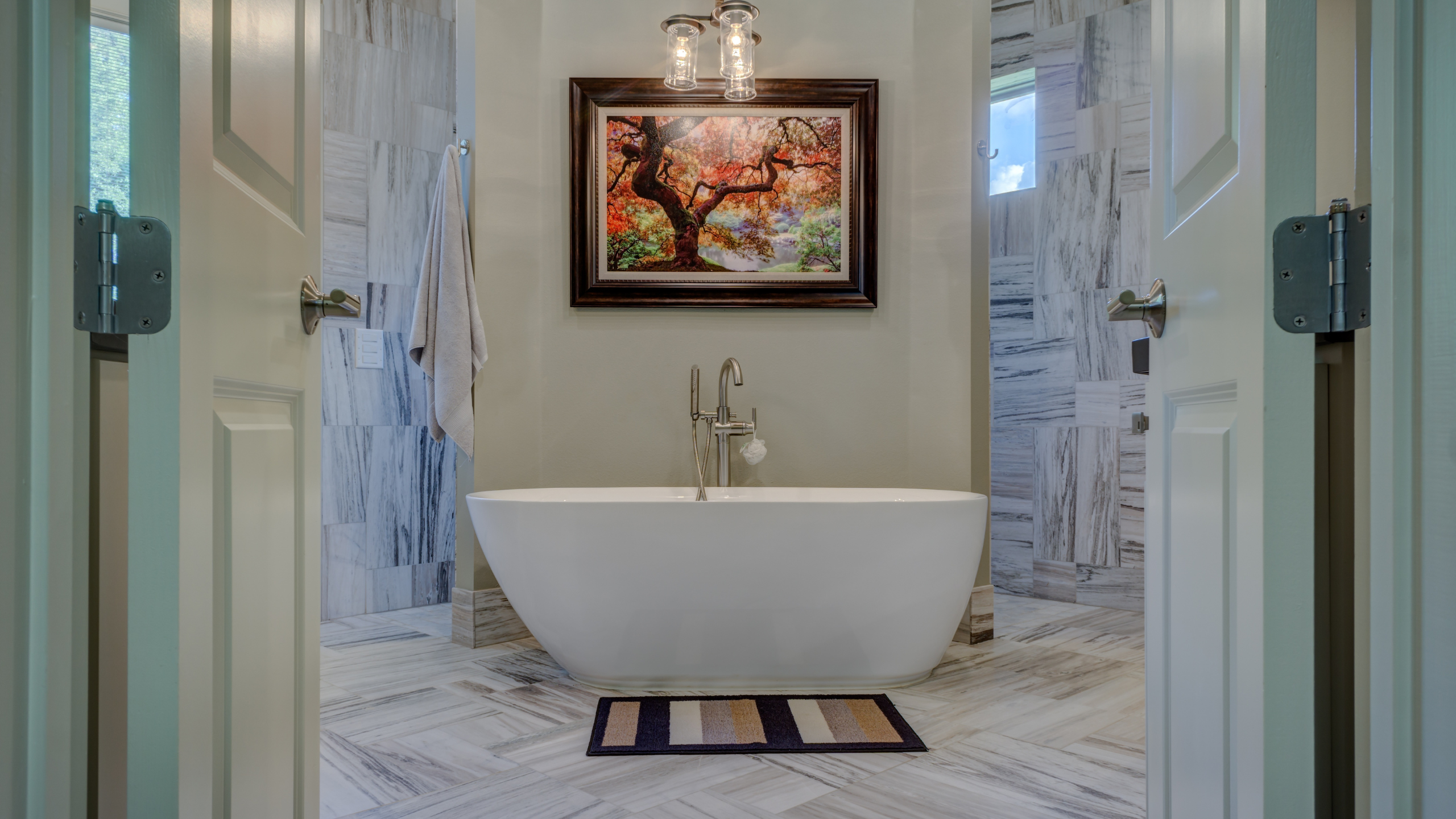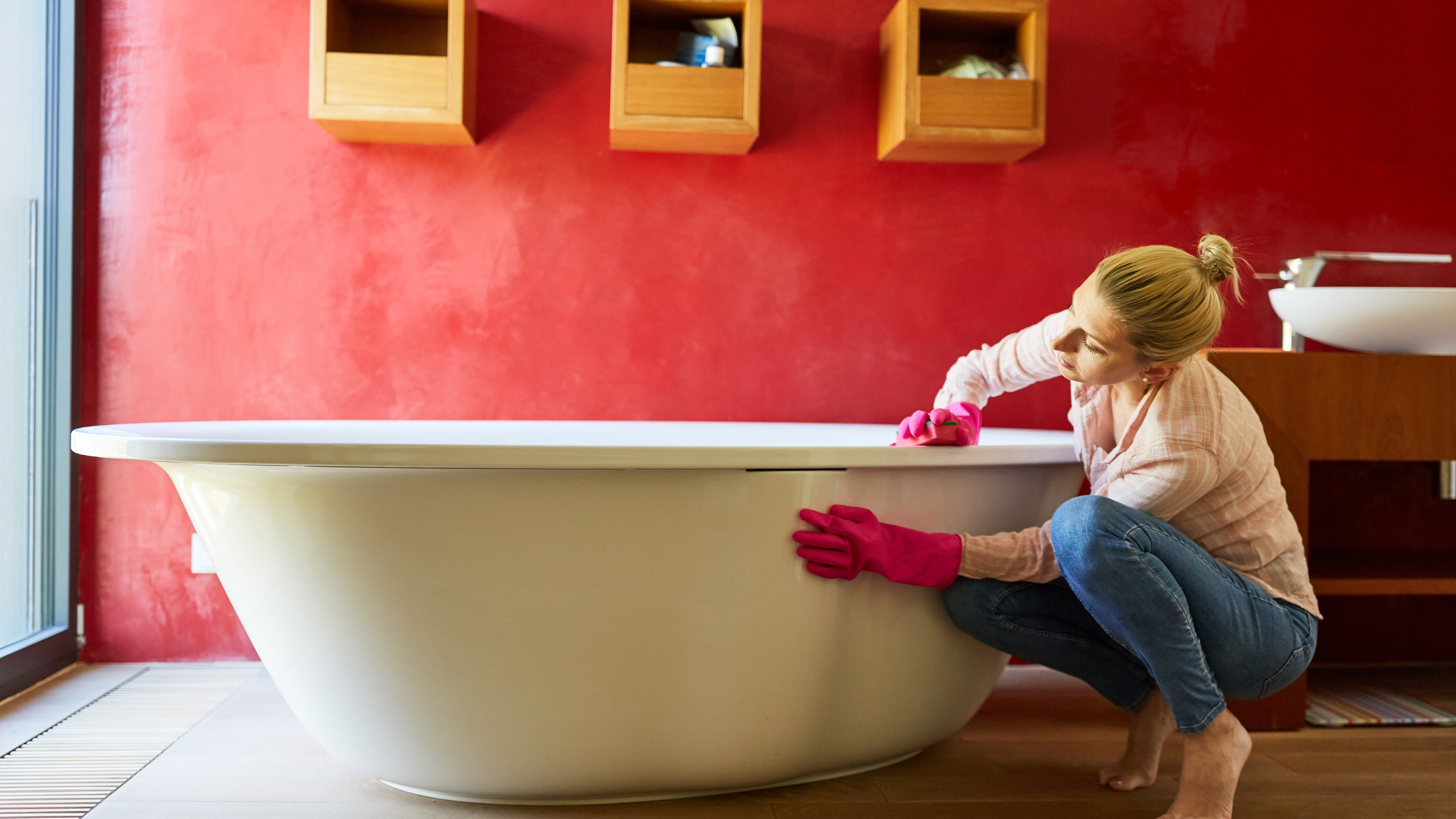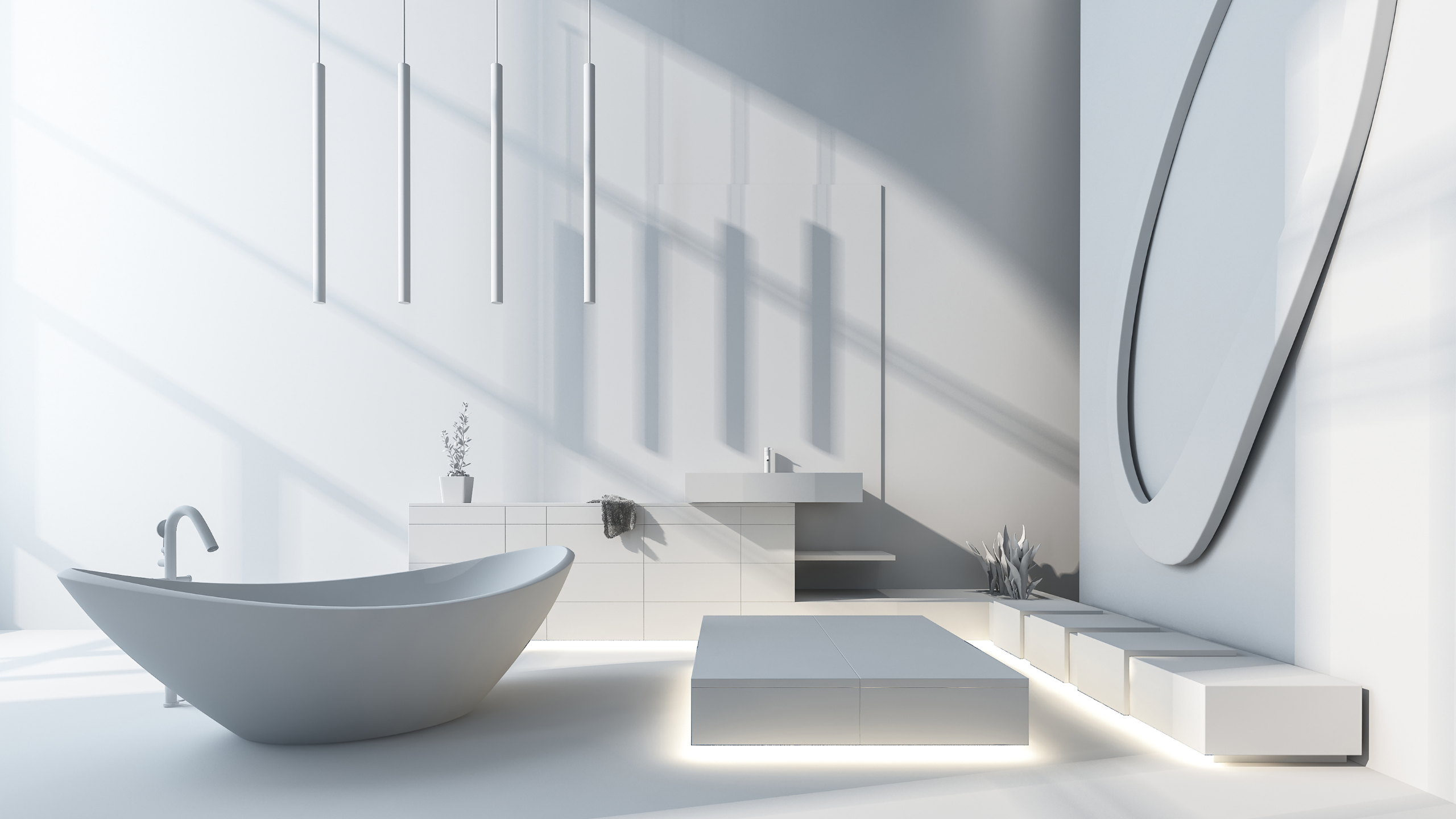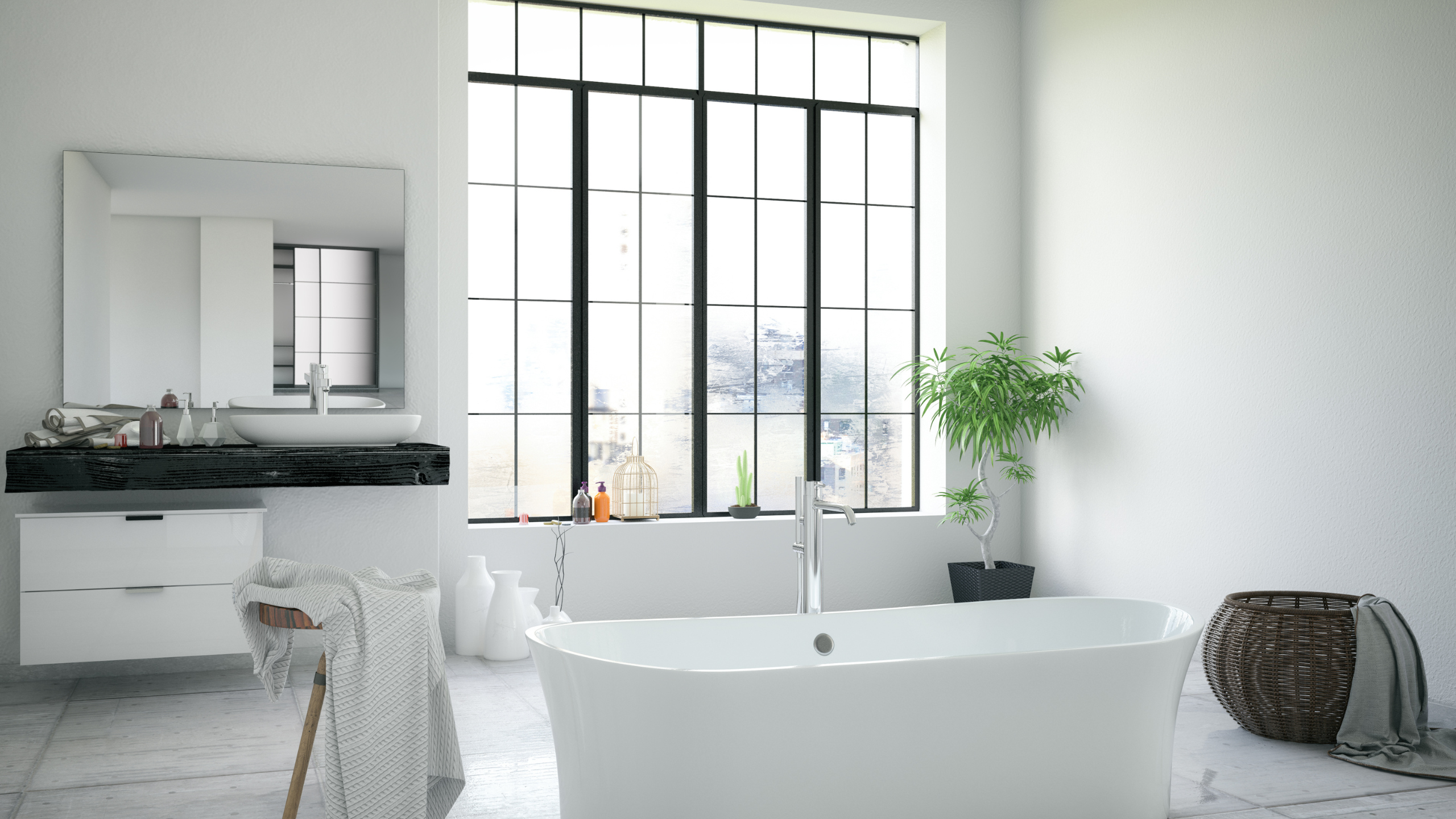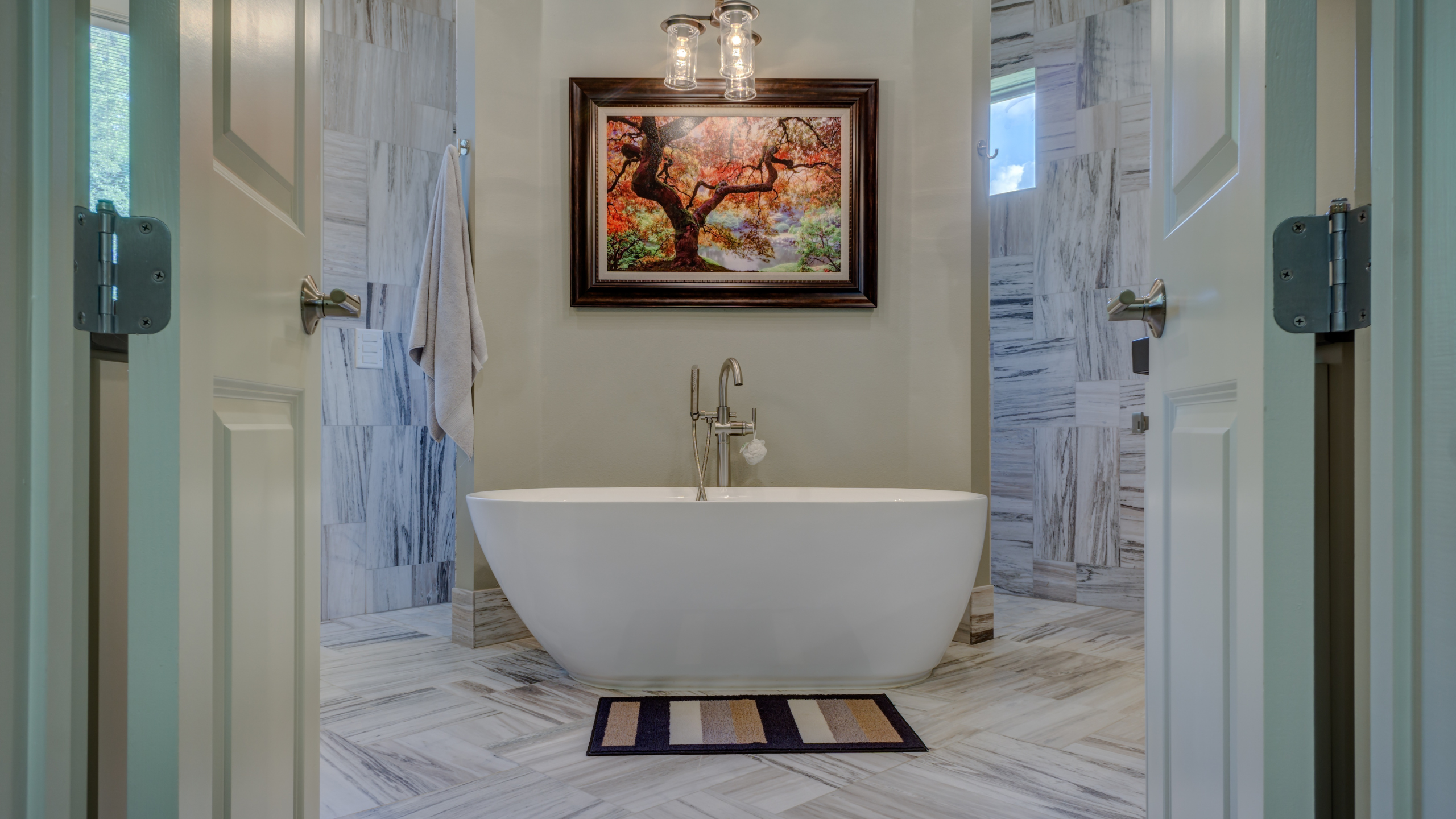The bathroom may seem unpleasant if an antique tub has chips, cracks, or other minor damage. Even if replacing an outdated bathtub with a new one is an option, reglazing a tub may revitalize a whole bathroom. Here, we will discuss reglazing a bathtub and its benefits and drawbacks. You can avoid your DIY tub resurfacing work from failing often and provide your consumers with a nicely repaired area for years to come by adhering to a few rules.
How to Glaze a Bathtub
Modernizing a bathtub is referred to as tub renovation, sometimes known as refinishing, reglazing, or recoating. It may be broken down into five main actions:
- The outside of the tub has been sanded.
- patching up damaged spots and fissures
- Primers are applied in many coats.
- Paint is layered in the application.
- The bathtub has been brilliantly polished.
Step #1: Prepare Your Workspace
Before beginning your bathtub repair project, thoroughly set up your workspace. Along with shielding any nearby surfaces, you must also take all necessary safety precautions. To keep the area well-ventilated, open a window, turn on the bathroom fan, and utilize an industrial fan to direct the air from the room outdoors.
DIY vs. Professional Glazing
When bathtubs have minor flaws like scratches, stains, or other blemishes, tub resurfacing is a great solution. The best course of action for homeowners with older, vintage models is restoration. Glazes on acrylic bathtubs may also be replaced if the damage is minor. In certain instances, there will be a discernible difference between before and after your project.
Some homeowners may attempt to do the tub refinishing themselves. Even if possible, giving a bathroom a professional touch undoubtedly makes a difference. You may hone your abilities with Newark Tub Reglazing countertop, tile, and bathtub refinishing training program.
Several situations do not call for tub resurfacing. It is advisable to completely replace a bathtub if it is in bad condition or if your customer wishes to add contemporary features like jets.
Reglazing a Bathtub: Pros and Cons
When refinishing a tub, there are several things to take into account:
- What period should be anticipated?
- How much will it cost?
- Do you want the tub’s original design to remain?
The next sections will address these issues. by outlining the benefits and drawbacks of reglazing a bathtub.
Is less costly: Restoration costs are far less than a brand-new bathtub. Even if a customer finds a brand-new tub for a great price, it needs disassembly to fit through the door. The cost significantly increases when professional labor is included. Overall, tub resurfacing is substantially less expensive.
Shortens in duration It can take some time to install a new bathtub. Reglazing may often be finished in only one or two days.
May impact a tub’s color: A few decades ago, bathtubs colored pink, blue, or avocado were every day. Reglazing bathtubs is an option for customers who want to update their bathrooms.
May maintain the tub’s uniqueness: Older bathtubs were often expertly made. If you are repairing an older model, the owners will prefer to keep the tub’s original design. You may fix damage while preserving the bathroom’s contemporary look with tub resurfacing.
Cons of Refinishing a Tub
There are a few disadvantages to tub resurfacing as well. For instance, a bathtub with a new finish
- A reglazed tub will unavoidably show indications of wear after around 10 to 15 years.
- Even though 10 to 15 years is a magnificent lifespan, refinished bathtubs will not last as long as brand-new ones.
- You and others may be exposed to harmful vapors while reglazing a bathtub, among other uses for powerful substances. Always use a mask, and while working, keep the area ventilated. Here are some more details on reducing glazing fumes.
To learn more about expert bathtub refinishing, click here.
To hone your tub reglazing skills, Newark Tub Reglazing offers all the tools you want, including workshops on bathtub refinishing. To learn more, get in touch with us at any time.
